LFP vs NMC Battery: Exploring the Differences
In the realm of energy storage, Lithium Iron Phosphate (LFP) and Nickel Manganese Cobalt (NMC) batteries have emerged as two prominent contenders. Both have unique characteristics and applications, making them popular choices for various industries. LFP vs NMC Battery: What's the difference? This article aims to delve into the specifics of LFP and NMC batteries, outlining their features, benefits, and drawbacks.
What is a LFP Battery?
A Lithium Iron Phosphate (LFP) battery is a type of lithium-ion battery known for their stable chemistry. The key components of an LFP battery include a cathode (positive electrode), an anode (negative electrode), and an electrolyte. LFP battery uses lithium iron phosphate as the cathode material, which inherently possesses a higher thermal stability compared to cobalt-based chemistries. This makes LFP batteries a preferred choice for applications that prioritize safety and longevity.
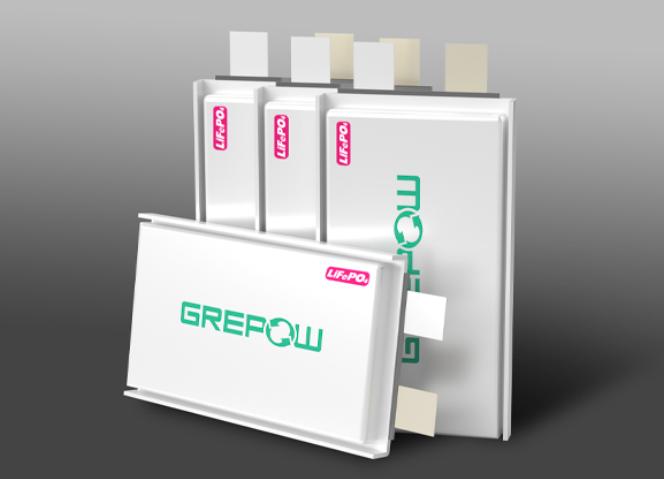
What is a NMC Battery?
Nickel Manganese Cobalt (NMC) batteries are another type of lithium-ion battery that employs a cathode composed of nickel (Ni), manganese (Mn), and cobalt (Co). This combination results in a battery with a high energy density, making NMC batteries suitable for applications where compact and efficient energy storage is crucial. These batteries are commonly used in electric vehicles, consumer electronics, and various energy storage applications. The specific choice of NMC formulation depends on the desired balance of performance characteristics for a given application.
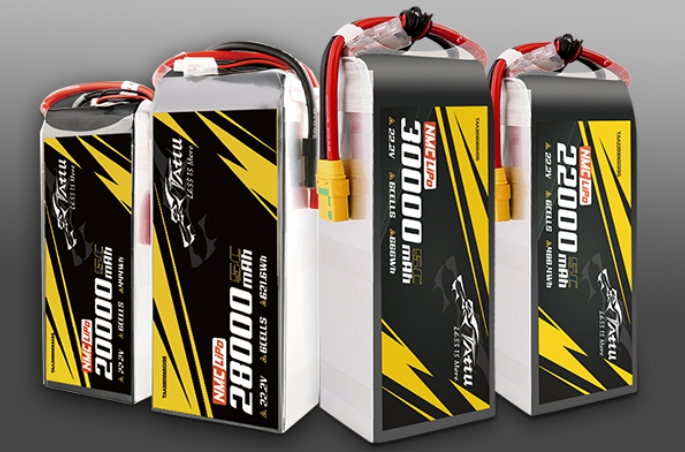
Benefits and Downsides of LFP Battery
Lithium Iron Phosphate (LFP) batteries offer several benefits and downsides, making them suitable for certain applications while having limitations in others. Here's an overview of the advantages and disadvantages of LFP batteries:
Benefits of LFP Battery:
◆Enhanced safety: LFP batteries are known for their exceptional thermal stability, reducing the risk of overheating and thermal runaway.
◆Long cycle life: LFP batteries typically have a longer cycle life compared to some other lithium-ion batteries, making them cost-effective over the long term.
◆Environmentally friendly: LFP batteries are considered more environmentally friendly due to their non-toxic and easily recyclable materials.
◆Stable Thermal Performance: LFP batteries exhibit stable thermal performance, meaning they are less prone to overheating.
Downsides of LFP Battery:
◆Lower energy density: LFP batteries generally have a lower energy density compared to NMC batteries, which may limit their use in certain high-energy-demand applications.
◆Limited High-Temperature Performance: While LFP batteries are generally stable under normal operating conditions, their performance may be limited at high temperatures.
◆Reduced Voltage: LFP batteries typically have a lower nominal voltage compared to some other lithium-ion chemistries. This difference in voltage may impact certain applications that require specific voltage levels for compatibility.
Advantages and Disadvantages of NMC Batteries
NMC battery comes with a set of advantages and disadvantages, influencing their suitability for various applications. Here's an overview of the advantages and disadvantages of NMC batteries:
Advantages of NMC Batteries
◆High energy density: NMC batteries offer a higher energy density, providing more energy storage capacity in a compact size.
◆Versatility: NMC batteries are versatile and find applications in a wide range of industries, including electric vehicles and portable electronics.
◆Cost-effectiveness: NMC batteries can be cost-effective for certain applications, balancing performance and price.
Disadvantages of NMC Batteries
◆Thermal sensitivity: NMC batteries may exhibit higher sensitivity to temperature variations, requiring additional thermal management systems.
◆Limited cycle life: In some cases, NMC batteries may have a shorter cycle life compared to LFP batteries.
LFP vs NMC Battery: What's the Difference?
LFP and NMC batteries are two distinct types of lithium-ion batteries with differences in their cathode materials, performance characteristics, and applications. The choice between LFP and NMC batteries depends on the priorities and requirements of the application, considering factors such as safety, energy density, cycle life, and cost. Each battery type has its strengths and trade-offs, making them suitable for different scenarios. Here's a breakdown of the key differences between LFP and NMC batteries:
1.Cathode Material
◆LFP Battery: The cathode of an LFP battery is made of lithium iron phosphate (LiFePO4). This cathode material is known for its stability, safety, and thermal resilience.
◆NMC Battery: The cathode of an NMC battery is a combination of nickel, manganese, and cobalt. Different NMC formulations exist, such as NMC 111 or NMC 532, where the numbers represent the ratio of nickel, manganese, and cobalt in the cathode.
2.Safety and Thermal Performance
◆LFP Battery: LFP batteries are recognized for their enhanced safety profile. The lithium iron phosphate cathode contributes to stability and reduces the risk of thermal runaway, making LFP batteries inherently safer.
◆NMC Battery: While generally safe, NMC batteries may exhibit higher sensitivity to temperature variations. Adequate thermal management systems are sometimes required to ensure optimal performance and safety.
3.Energy Density
◆LFP Battery: LFP batteries have a lower energy density compared to NMC batteries. This means that, for a given volume or weight, LFP batteries store less energy.
◆NMC Battery: NMC batteries offer higher energy density, making them suitable for applications where maximizing energy storage capacity in a compact space is crucial.
4.Cycle Life
◆LFP Battery: LFP batteries typically have a longer cycle life compared to NMC batteries. A longer cycle life means the battery can undergo more charge and discharge cycles before experiencing significant capacity degradation.
◆NMC Battery: NMC batteries may have a shorter cycle life compared to LFP batteries. The number of charge and discharge cycles a battery can undergo is an important factor in determining its long-term durability.
5.Applications
◆LFP Battery: LFP batteries are commonly used in applications where safety, long cycle life, and environmental considerations are paramount. This includes renewable energy storage systems, uninterruptible power supplies (UPS), and electric buses.
◆NMC Battery: NMC batteries find applications in a wide range of industries, including electric vehicles (EVs), portable electronic devices, and energy storage systems. The high energy density and versatility of NMC batteries make them suitable for various use cases.
6.Cost
◆LFP Battery: LFP batteries are often considered cost-effective for certain applications due to their stable chemistry and longer cycle life.
◆NMC Battery: NMC batteries can be cost-effective, especially considering their high energy density. The cost-effectiveness of NMC batteries varies based on specific formulations and applications.
Conclusion
In the exploration of LFP and NMC batteries, this article has dissected their characteristics, advantages, and drawbacks. Each type has distinct strengths – LFP excels in safety and longevity, while NMC leads in energy density and versatility. LFP vs NMC Battery: The choice between LFP and NMC boils down to specific needs. Understanding factors like safety, energy density, and cost is key to making an informed decision. As a global leader in LFP battery cell manufacturing, Grepow offers professional customization solutions for LiFePO4 battery packs and Battery Management Systems (BMS), catering to your specific application requirements. If you have any questions or needs, please feel free to contact us at info@grepow.com.
Related Articles:
NMC vs NCA Battery Cell: What’s the difference?
Grepow High Energy Density Battery Solutions for Commercial Drone
What Is a Semi-Solid State Battery?
Solid-State Battery VS Lipo Battery: What’s the Difference?
Related Articles
-
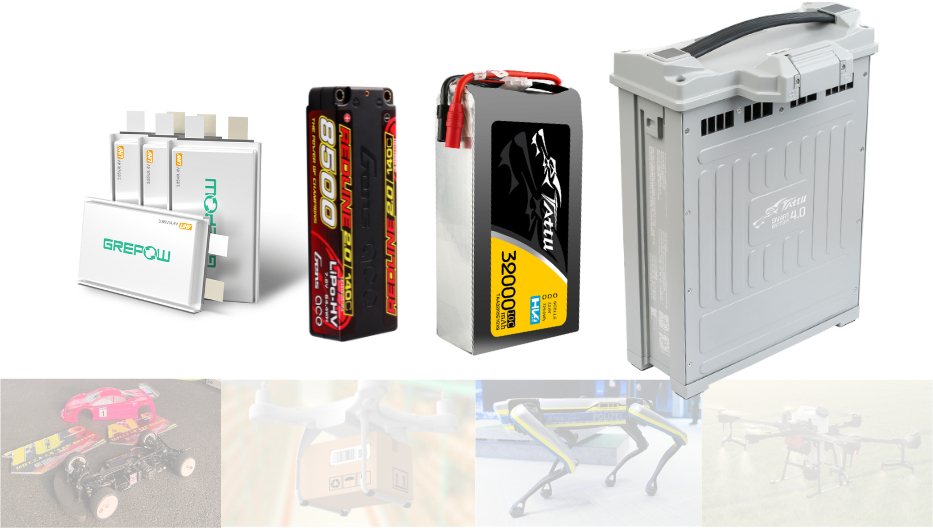
High Voltage Batteries: Basics & Applications Guide
2025-02-28 -
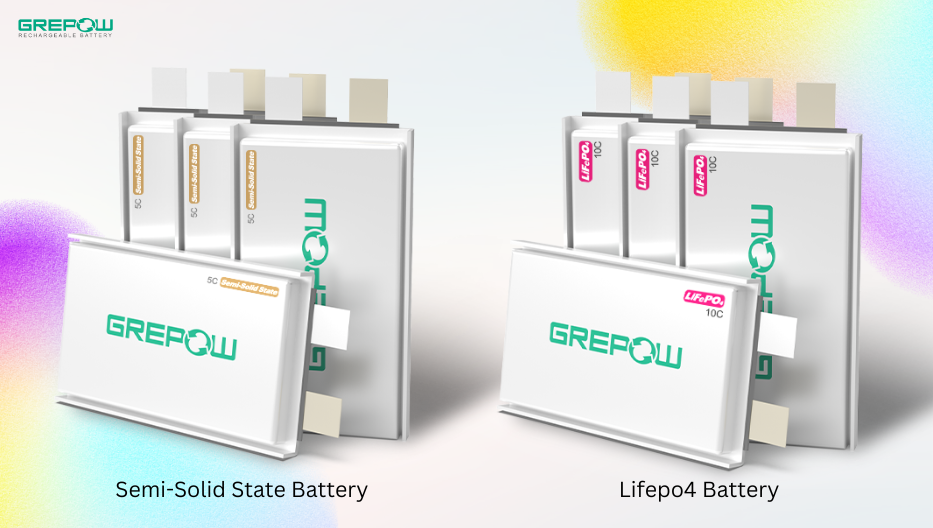
Semi Solid State Battery vs Lifepo4 Battery: What's the Difference?
2025-01-20 -
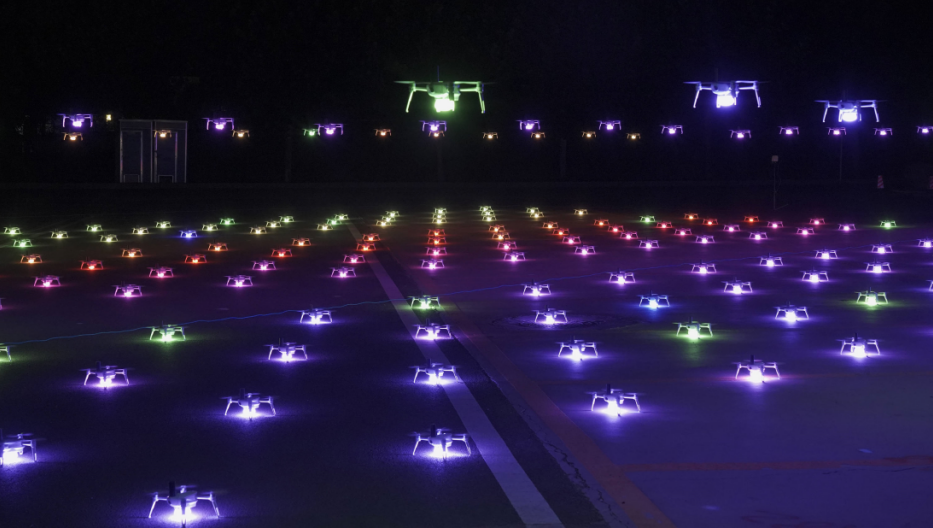
How Drone Light Shows Are Created and Key Battery Power Requirements
2024-10-21
Related products
-
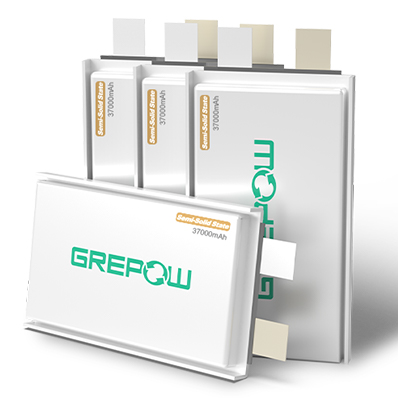
37000mAh Semi-Solid State High Energy Density Battery
-
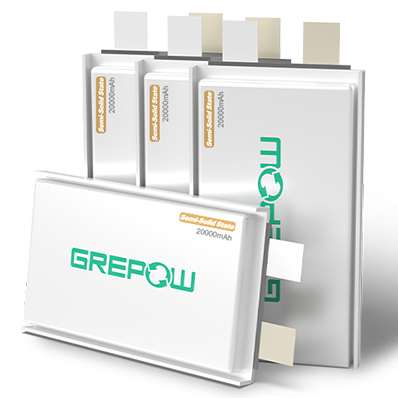
20000mAh Semi-Solid State High Energy Density Battery
-
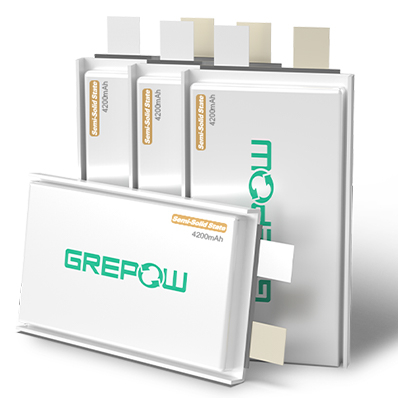
4200mAh Semi-Solid State High Energy Density Battery
















































